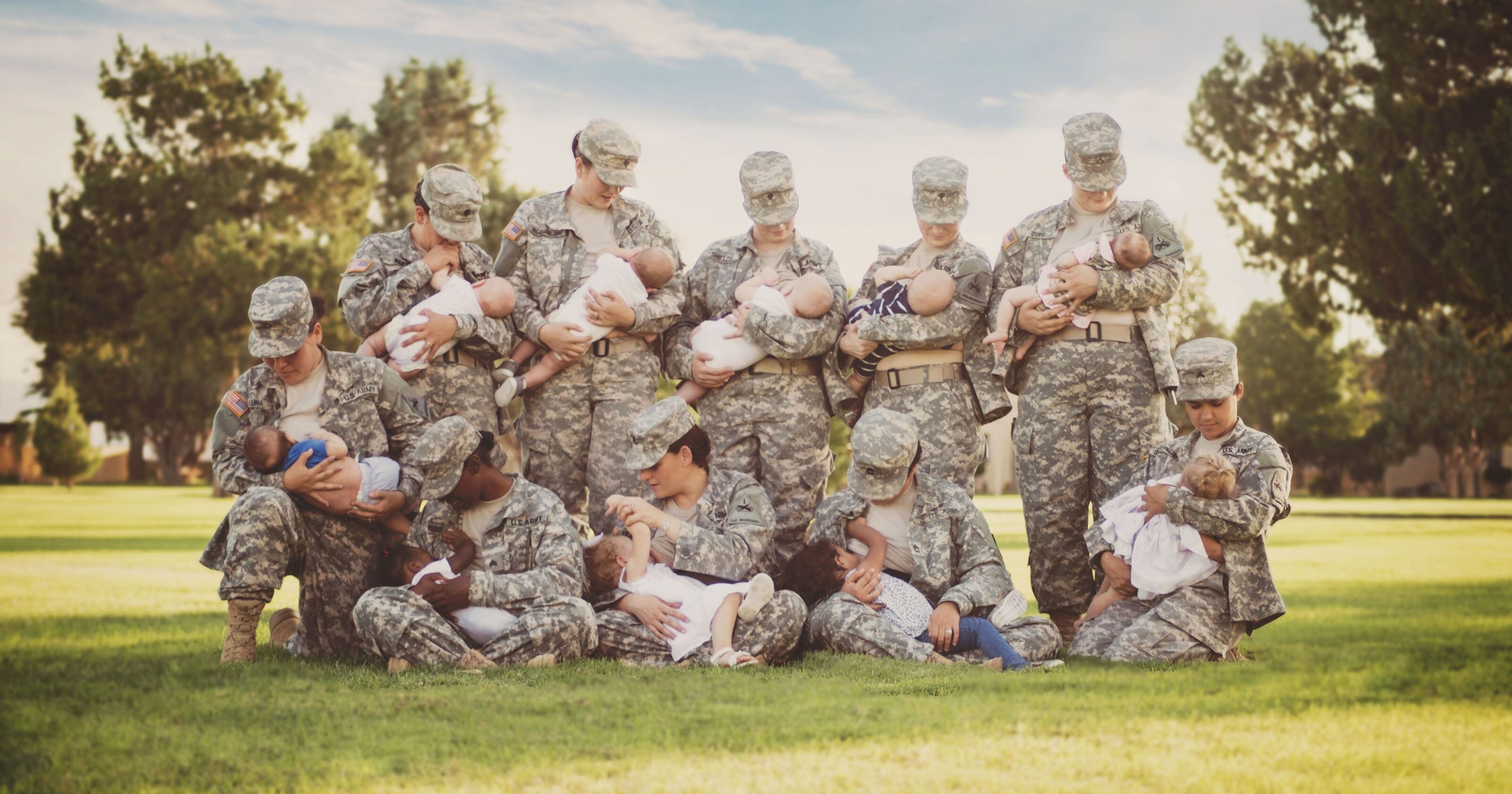This could be good news for soldiers who require longer or more frequent breaks than detailed guidance might allow, but it could be bad news for existing policies on Army installations that offer breakdowns of the benefits that should be provided to nursing mothers.
The Fort Bliss, Texas, policy released in June, for example, says nursing moms should be "afforded the opportunity every 2-3 hours for 30-40 minutes to pump breast milk during a normal 8 hour workday." It also forbids the use of a bathroom as a pumping station; the Army policy allows it, providing the station is set up in a "fully enclosed, separate area" within the restroom.
Staff Sgt. Stephanie Rosario, who played a leading role in the development a breastfeeding and lactation policy for Fort Huachuca, Arizona, said her team pulled specifics on break times, lactation facilities and other needs from other services' guidelines and federal requirements as they assembled the directive.
Rosario, now on terminal leave after nine years of active duty and heading into the Army Reserve, said she reviewed the Army's guidance and was "shocked by its simplicity."
"I thought what they would've done was to look at all the other services and take away all the great things that the other services have already in place," she said. "I didn't see too much of that. I think it leaves too much room for interpretation."

The Army's latest iteration of its breastfeeding policy is a clear improvement, but the service should have gotten it right the first time.
Photo Credit: Courtesy of Tara Ruby
The Fort Huachuca policy is undergoing legal review prior to final approval by the commanding general, a base spokeswoman said. She did not address questions regarding how such a review may be influenced by the Army-wide guidelines.
The establishment of a pumping station in a bathroom is within federal law, Prince said, citing a section of the Fair Labor Standards Act, amended by the Patient Protection and Affordable Care Act, which states that employers must provide a place "that is shielded from view and free from intrusion from co-workers and the public, which may be used by an employee to express breast milk."
The legislation also states the provided location should be somewhere "other than a bathroom," while the Army guidance expressly rules out the use of a bathroom stall. Other services use their own vernacular – Navy guidance prohibits a pumping facility in "a toilet space," for instance – but critics say even introducing the idea of a pumping station in a bathroom in an otherwise-unspecific policy sends the wrong message.
Soldier feedback, advice from medical experts and existing policy all helped form the new guidance, Prince said, adding that additional feedback on the directive was welcome via DA Form 2028. Commanders with questions regarding the policy or seeking resources on the issue can contact lactation consultants on their installation, Prince said.
Expanding that type of education is critical to establishing proper benefits for new mothers in uniform, said Rosario, who served as the noncommissioned officer-in-charge of her base's Pregnancy Postpartum Physical Training program before beginning work on the installation policy.
"If commanders and first sergeants had an understanding and an education of what breastfeeding and pumping breast milk entail, then the support just kind of falls into place," she said. "I've dealt with soldiers who've come to me and said, 'They think I can do it only once a day.' ... Either they're not parents, or they are parents and they've never experienced the process."
The directive will be included in the next update of Army Regulation 600-20, Army Command Policy.
Kevin Lilley is the features editor of Military Times.





